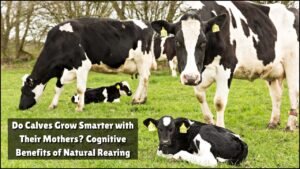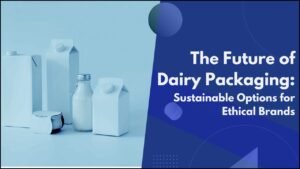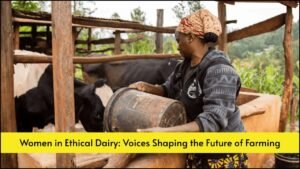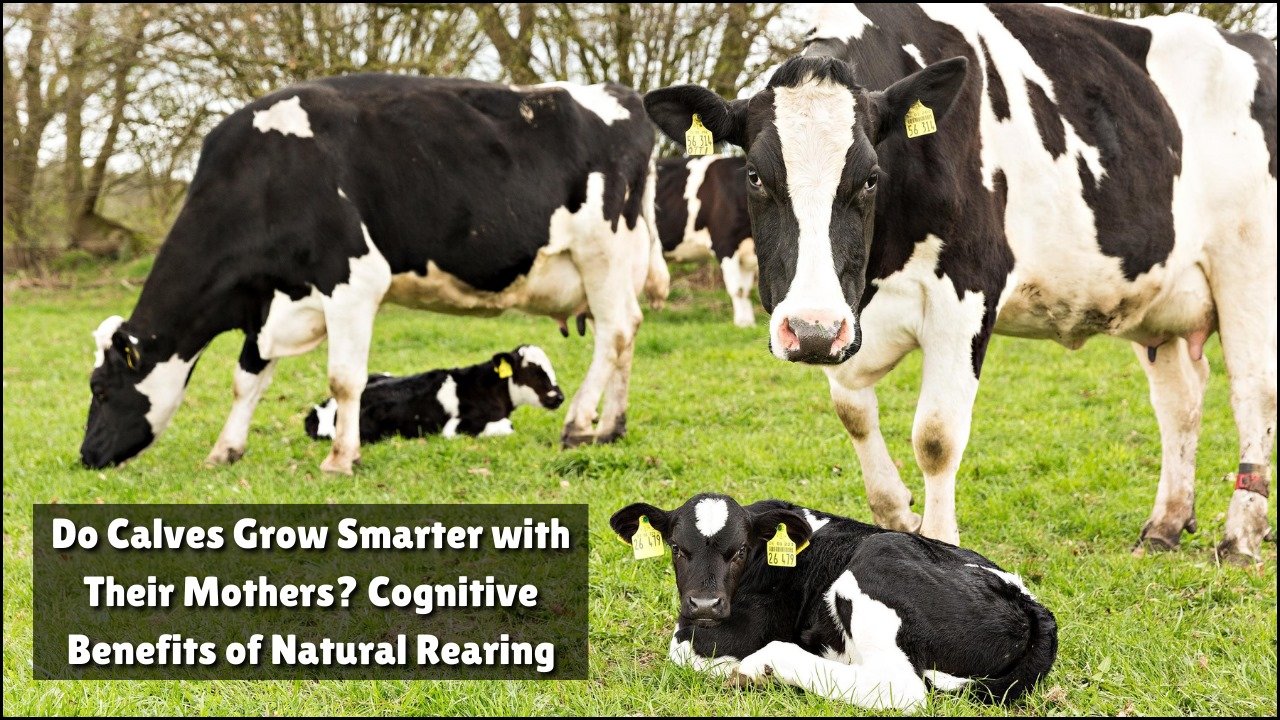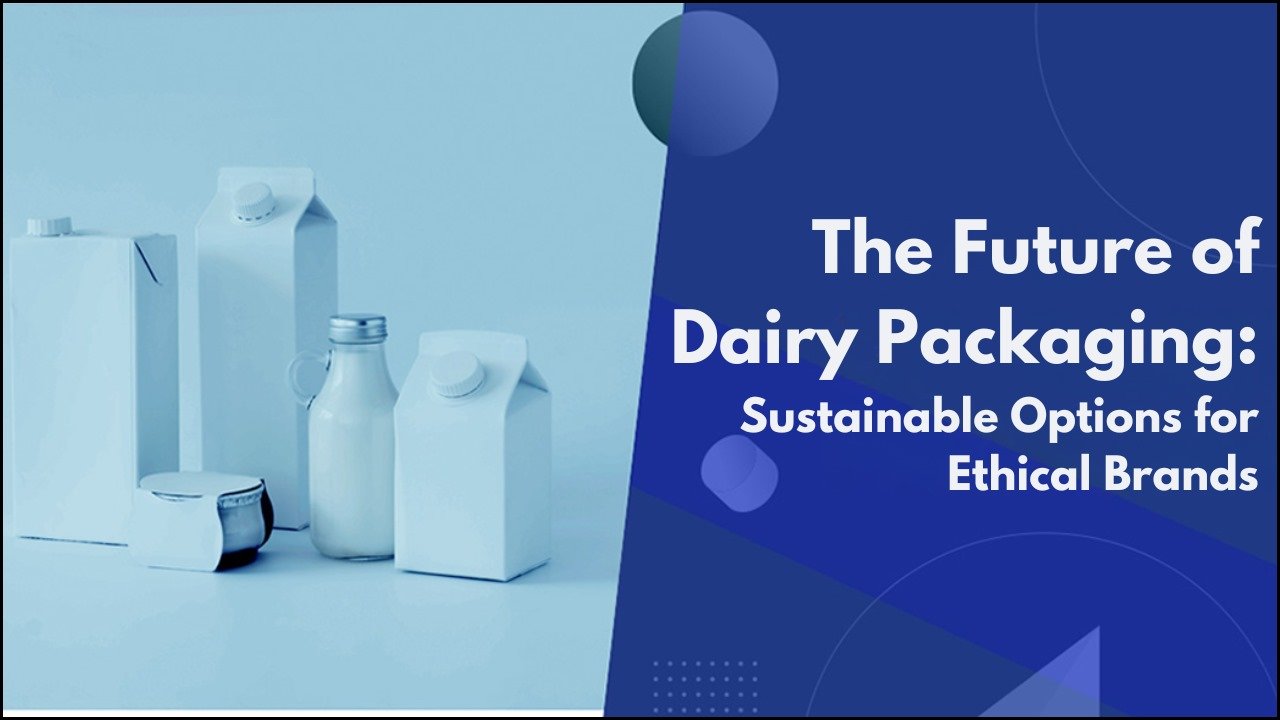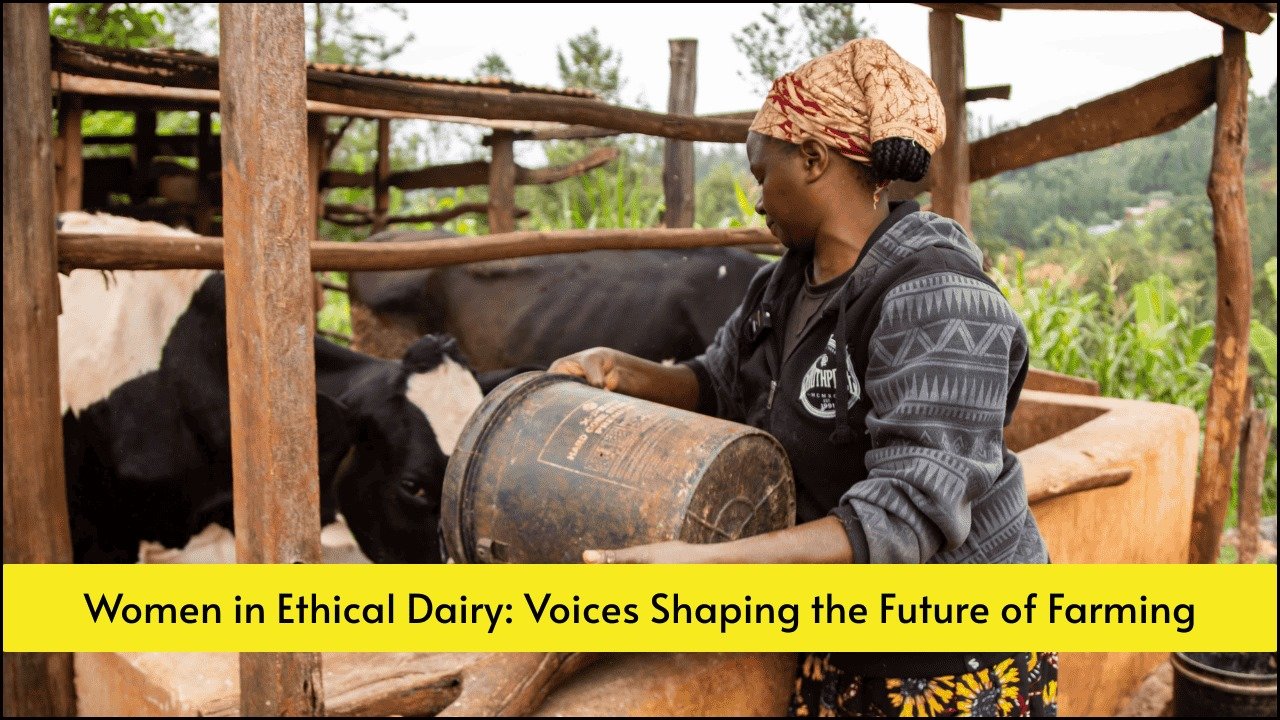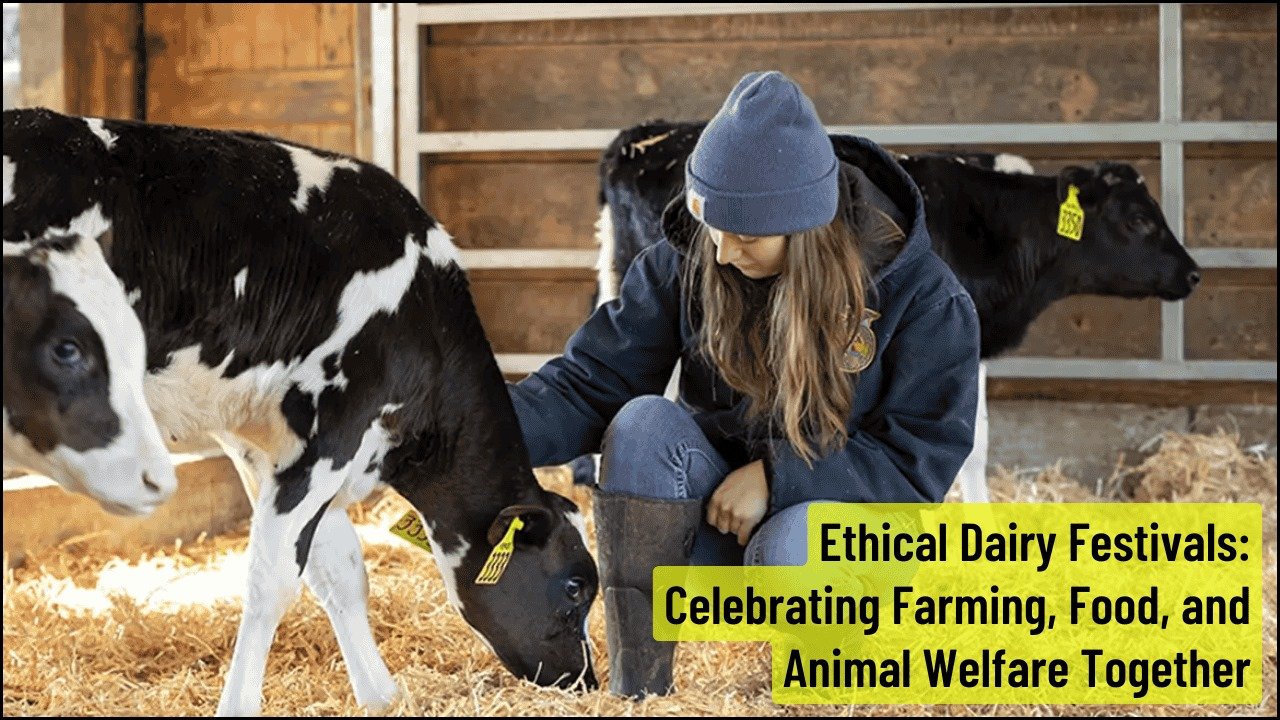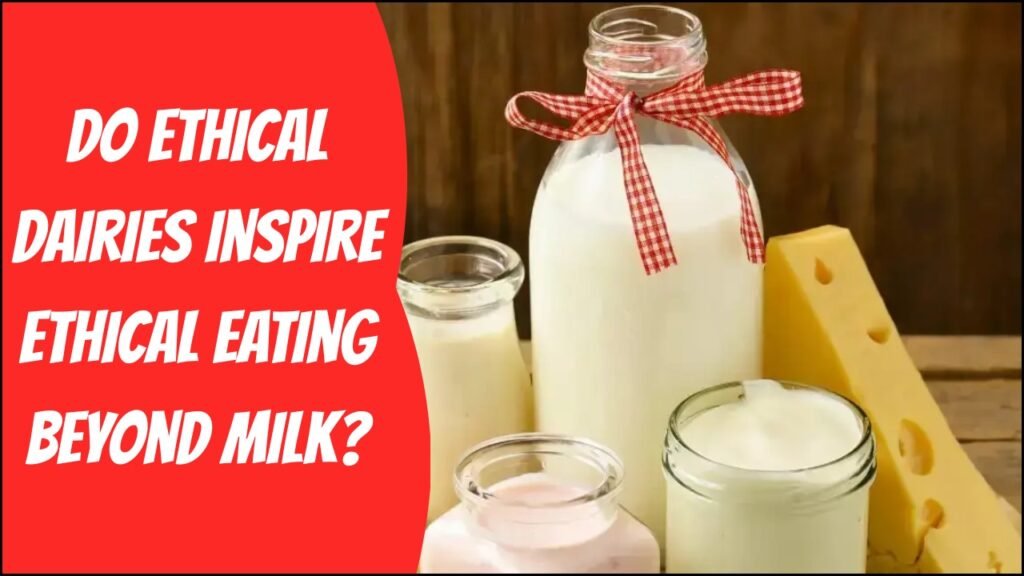
When shoppers choose milk from ethical dairies, they often believe they’re just supporting kinder treatment of cows. But research and consumer behavior suggest something bigger is happening: buying from welfare-led dairies may influence wider choices in meat, eggs, and produce, pushing consumers toward a more conscious and responsible food lifestyle.
Ethical dairies are increasingly positioned not only as suppliers of milk but also as gateways to more thoughtful eating habits. By setting higher standards of welfare, transparency, and sustainability, they encourage customers to extend the same values to their other grocery purchases.
Table of Contents
Overview
| Factor | Influence on Consumer Behavior | Long-Term Outcome |
|---|---|---|
| Animal Welfare | Shoppers align other purchases with humane practices | More ethical farming systems |
| Environmental Care | Preference for low-impact produce | Reduced carbon footprint |
| Food Transparency | Demand for clear labeling in all categories | Stronger consumer trust |
| Market Dynamics | Pushes retailers to expand ethical options | Greater food diversity |
| Consumer Values | Diet choices tied to personal ethics | Holistic lifestyle change |
| Social Influence | Ethical eating discussed in communities | Broader cultural shifts |
Why Ethical Dairies Matter in Food Culture
Ethical dairies operate on principles of animal welfare, environmental care, and community trust. This includes practices such as:
- Allowing calves to remain with mothers longer.
- Providing pasture access instead of full-time housing.
- Reducing antibiotic use and focusing on preventive health.
- Ensuring fair treatment of workers and transparent labeling.
These values resonate strongly with consumers who are already questioning the origins of their food. Choosing milk from such dairies becomes a conscious act of aligning diets with personal ethics.
The Ripple Effect on Consumer Choices
Once a shopper commits to buying ethical milk, they may start re-evaluating other food categories:
- Meat: Many consumers seek free-range or grass-fed beef and pork, aligning with their dairy choices.
- Eggs: Shoppers often switch to pasture-raised or organic eggs to stay consistent.
- Produce: Conscious buyers tend to prefer local or pesticide-free vegetables, supporting sustainable farming systems.
This shows that ethical dairies do more than sell milk — they nudge consumers toward a complete ethical diet.
Comparing Ethical vs Conventional Food Choices
| Food Category | Ethical Dairy Consumer Tendencies | Conventional Dairy Consumer Tendencies |
|---|---|---|
| Milk | Chooses welfare-led dairies | Buys standard supermarket brands |
| Meat | Prefers free-range/grass-fed | Less focus on origin |
| Eggs | Buys organic or pasture-raised | Standard caged or barn eggs |
| Produce | Leans toward local/sustainable | Prioritizes cost and convenience |
| Lifestyle | Food decisions tied to values | Food seen mainly as price-driven |
Clearly, ethical dairy consumers are more likely to integrate welfare and sustainability across all food groups.
Why Consumers Follow This Path
Several factors explain why ethical dairy choices inspire wider ethical eating:
- Consistency of values – Consumers want harmony between their ethical stance on milk and other food purchases.
- Awareness and education – Exposure to welfare-led farming sparks curiosity about other agricultural systems.
- Trust in labeling – Transparency in dairy makes buyers seek the same clarity in meat, eggs, and produce.
- Community influence – Ethical dairy supporters often belong to social groups where food ethics are discussed, encouraging broader change.
Wider Impact on Food Systems
The influence of ethical dairies goes beyond individual shopping baskets. It can reshape supply chains and farming priorities:
- Rising demand for welfare-led meat and eggs pressures farmers to improve standards.
- Retailers adjust stocking policies to include more sustainable food products.
- Public health gains emerge as antibiotic use decreases in animal farming.
- Consumer trust grows in brands and farms that uphold transparency.
This transformation highlights how a single purchase — ethical milk — can drive much larger changes in the food market.
Challenges in Scaling Ethical Eating
Despite the positive trend, barriers remain:
- Cost: Ethical food often carries a higher price tag.
- Availability: Rural and budget-conscious shoppers may struggle to access welfare-led products.
- Confusion: With so many labels (organic, free-range, grass-fed), consumers may feel overwhelmed.
Governments and welfare organizations are working to improve food labeling, making it easier for people to identify genuinely ethical products. For detailed information, consumers can explore the U.S. Department of Agriculture (USDA) website, which provides guidance on organic standards and animal welfare policies.
Future Outlook
As awareness grows, ethical dairies are likely to be remembered not only for producing milk but for sparking a wider food revolution. By encouraging people to think about where their food comes from, they inspire consistent ethical decisions that ripple across the meat, egg, and produce markets.
This shift shows that change in one corner of agriculture can trigger a transformation in consumer culture, potentially making ethical eating a mainstream lifestyle choice rather than a niche preference.
FAQs
Q:- Do ethical dairies influence buying habits beyond milk?
A = Yes, many consumers begin choosing free-range meat, organic eggs, and sustainable produce after switching to ethical milk.
Q:- Why do consumers extend ethics from milk to other foods?
A = They seek consistency in their values, wanting their whole diet to reflect humane and sustainable choices.
Q:- Are ethical foods harder to access?
A = While sometimes costlier or less available, improved labeling and growing demand are making them easier to find.

